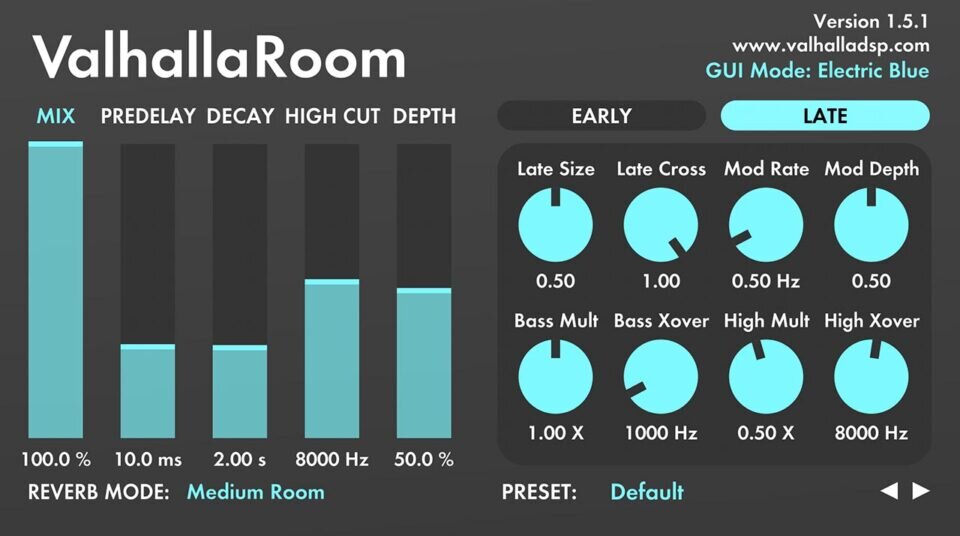What is Reverb?

Reverberation, or reverb, adds space and depth to your sound, but it can sometimes be tricky to manage for beginners. Too much and you can muddy up a mix and too little and your track can lack dimension and interest. Today, we’re breaking down everything you need to know about reverb to set you off in the right direction!
Understanding Reverb
Reverb is the persistence of sound after it is produced, creating an echo-like effect. This can be natural, as when a sound reverberates in a room, or artificial, created through sound production software. The main elements of reverb are pre-delay, decay, and wet/dry mix.
Pre-Delay: The First Echo
Pre-delay is the interval between the initial, dry audio signal and the moment the reverberation kicks in. By fine-tuning pre-delay, you can add remarkable clarity to your mixes. A pre-delay set at zero will cause the raw audio and its reverberated counterpart to be heard at the same time. Pushing the pre-delay back to 10-20 milliseconds, however, ensures the raw or “dry” signal is heard first, with the reverberated or “wet” signal following. Adjusting the pre-delay in this way on something like a vocal means you can have a lush reverb on your vocal recordings, without it completely disappearing in your mix.
At pointblank, we understand the thrill of getting your hands on the latest plugins—there are so many exciting ones for reverb! But remember, owning them is one thing—knowing how to use them effectively is what truly elevates your productions. Dive into our Music Production and DJ Performance degree and you’ll not only master the fundamentals of these audio concepts but also learn how to utilize them professionally as a producer, singer or sound engineer.
Decay
Decay, or reverb time, is the duration it takes for the reverberation to fade away. It significantly impacts the ‘muddiness’ of your sound. For a cleaner mix, ensure your decay time matches the tempo of your track. Quick songs work well with shorter reverb times, while slower songs can accommodate longer reverb.
Wet/Dry Mix – The Balance
This controls the balance between the original sound (dry) and the reverberated sound (wet). Adjusting the wet/dry mix helps manage the prominence of your reverb. Too much wet signal can result in a muddy mix. Experiment to find the perfect balance.
Ever dreamt of being the mastermind behind the next revolutionary plugin that takes the music world by storm? At pointblank, we can help turn that dream into reality. Join our innovative Music Systems Engineering Degree program, where you’ll acquire the knowledge and skills to design and create the next generation of music technology.
Be Selective with Reverb
Not every track in your mix needs reverb. Be selective and remember – sometimes, less is more.
EQ Your Reverb
Use EQ on your reverb to avoid frequencies clashing with the rest of your mix. This can significantly clean up your overall sound.
Now you’re armed with the basics of reverb, it’s time to explore and create. The beauty of music production lies in experimentation – so go on, make your mix echo with brilliance!
Register to Access Free Courses, Plugins, Projects, Samples & More
When you register with pointblank, you access an array of free sounds, plugins, online course samples and much more! Simply register below and visit our Free Stuff page to get your hands on a range of exclusive music-making tools and tutorials provided by the team. Fill your boots!
